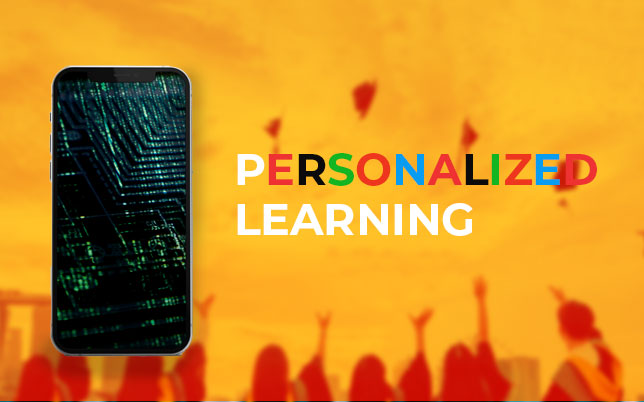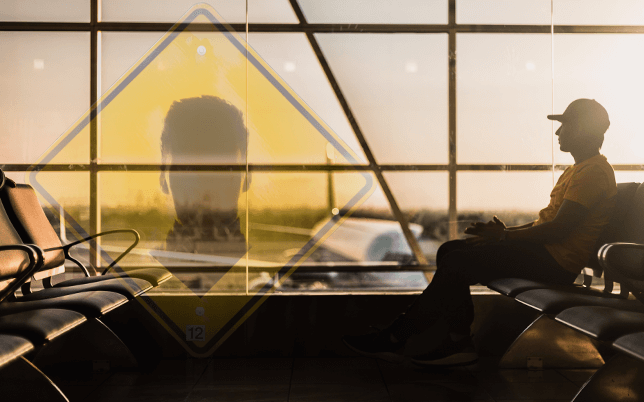There is no one-size-fits-all model for personalized learning, as the approach can be adapted to fit the needs of any individual student or classroom. However, personalized learning does require a certain amount of planning and organization on the part of educators. If you want to implement personalized learning in your classroom, keep a few things in mind.
First, you will need to create or identify a curriculum that can be customized to meet the needs of each student. You will also need to have a system in place for tracking student progress and collecting data that can be used to inform instruction. Finally, you must be prepared to adjust your teaching methods based on your students’ needs.
While there is no one right way to implement personalized learning, following these guidelines can help you get started on creating a customized educational experience for your students.
Benefits of personalized learning
There is a growing trend towards more personalized learning in many schools nationwide. The benefits are shared by students and teachers alike. In personalized learning classrooms, students have more control over their education, which leads to greater engagement and motivation. As a result, teachers can better tailor instruction to meet the needs of each student.
In other words, personalized learning is an approach to education that tailors instruction to meet the individual needs of each student. It is based on the idea that all students can learn and succeed if allowed to do so in a way that works best for them.
One of the main benefits of personalized learning is that it allows students to learn at their own pace. Students who struggle with a concept can take the time to understand it before moving on. On the other hand, if a student grasps a concept quickly, they can move on to something else without being held back by the rest of the class.
Another benefit of personalized learning is that it leads to improved student engagement. When students can learn in a way that works best for them, they are more likely to be engaged in the material and remember what they have learned.
Personalized learning has been shown to increase academic achievement. Studies have found that students who can learn in a way that suits their needs make more significant academic gains than those who do not have this opportunity.
How to personalize learning for students
Teachers need to start by getting to know their students to personalize learning for students. This means learning their interests, strengths, and weaknesses. Once teachers have this information, they can create a more personalized learning experience for each student.
For example, if students struggle in a particular subject, the teacher can give them extra attention and help them find new ways to learn the material. On the other hand, if a student excels in a subject, the teacher can challenge them with more complex work. Personalized learning experiences are essential because they help students feel more engaged in their education. Students who feel like they can progress at their own pace and receive tailored instruction are more likely to succeed in school.
Different ways to personalize learning
There are many different approaches to personalized learning, and no one method is suitable for every student. Some common personalized learning approaches include blended, competency-based, and adaptive learning. Each system has its strengths and weaknesses and choosing the proper method for your child’s needs is essential.
Blended learning is an approach that combines traditional classroom instruction with online learning. This approach can be helpful for students who learn best in a structured environment but still need the flexibility to work at their own pace.
Competency-based learning is an approach that focuses on students mastering particular skills or competencies. This approach can be helpful for students who need extra time to master certain concepts.
Adaptive learning is an approach that uses technology to customize the learning experience for each individual student. This approach can be helpful for students who benefit from having more individualized instructional expertise.
The Role of Technology in personalized learning
Technology has revolutionized the way students learn. In the past, students were confined to learning in a classroom with a teacher. Today, many educational software programs allow students to learn at their own pace and provide real-time feedback. This is beneficial for many reasons:
- It provides immediate feedback. If a student makes a mistake, they can immediately see it and correct it. This is much different than the traditional learning model, where errors are not discovered until after the fact.
- It allows students to learn in a way that is best for them.
- It allows students to move at their own pace. They can take it if they need more time to understand a concept.
Some students are visual learners and prefer to see things on a screen. Others are auditory learners and like to hear things explained.
The Future of personalized learning
Edtech companies are betting that personalized learning is the future of education. But what does that mean?
There is no one-size-fits-all answer, but in general, personalized learning is an approach to education that tailors the learning experience to each student’s needs and preferences. This might involve using technology to track a student’s progress and give them tailored feedback, or it might give students more control over what they learn and how they learn it.
Personalized learning is still a relatively new concept, and much disagreement exists about what it means. But there is no doubt that Edtech companies are betting on its potential, and we are likely to see more and more schools adopting personalized learning approaches in the years to come.
Several factors are driving the growth of personalized learning. In addition, platforms like Khan Academy and Dream Box Learning provide students with adaptive content that adjusts to their skill level. In addition, new tools like Google Classroom and Microsoft Teams make it easier for teachers to deliver personalized instruction at scale.
A personalized learning approach can be described as educating students that consider their needs and interests to serve them better. Students can learn and succeed if they are allowed to. This approach is based on the belief that all students can succeed. Personalized learning involves creating an environment that will enable students to feel supported and challenged as they learn.




















